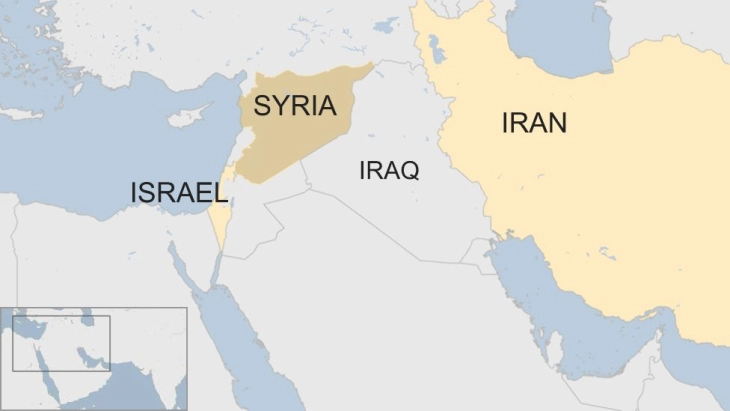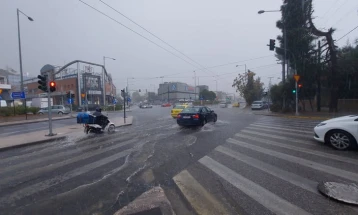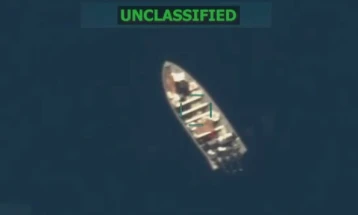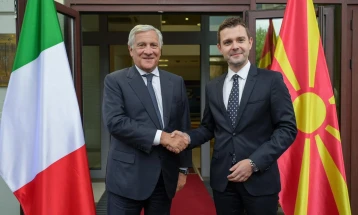Activists: At least 9 killed in suspected Jordanian strikes on Syria
- At least nine people were killed, including women and children, in suspected Jordanian air strikes in the countryside of Sweida, southern Syria, a monitoring group said on Thursday.

Beirut, 18 January 2024 (dpa/MIA) - At least nine people were killed, including women and children, in suspected Jordanian air strikes in the countryside of Sweida, southern Syria, a monitoring group said on Thursday.
The Syrian Observatory for Human Rights said the strikes, which took place overnight, targeted a two-story house in the Arman area.
Those killed included four women and two children, the war monitor said.
It added that the death toll is likely to rise as rescue teams are still searching amid the rubble.
Activist Ayham Al-Shoufi, who is based in Sweida, held the Jordanian government responsible "for the killing of innocent people in the raids that targeted civilian homes."
There was no comment from the Jordanian authorities on the strikes.
On January 9, at least three people were killed when Jordanian jets carried out at least three strikes on a farm on the outskirts of the Syrian village of Melh in the south-eastern countryside of Sweida.
The local Sweida Governorate Council suspended its session in condemnation of what it described as "a massacre committed by Jordanian aircraft, which claimed the lives of innocent children and women."
Jordan has been fighting drug trafficking from Syria for years and clashes at the kingdom's northern border, which measures 362 kilometres, have erupted regularly, as smugglers use it as a transit country for smuggling narcotics to Gulf states.
Drug trafficking, especially the amphetamine-type stimulant known as Captagon, has flourished in Syria and Lebanon since the conflict began in Syria in 2011.
The Captagon trade is estimated to run to the billions of dollars. People close to Syrian strongman Bashar al-Assad and their associates are said to be involved in the production and smuggling of drugs. The drugs are usually mainly destined for oil-rich Gulf countries.
Photo: archive







